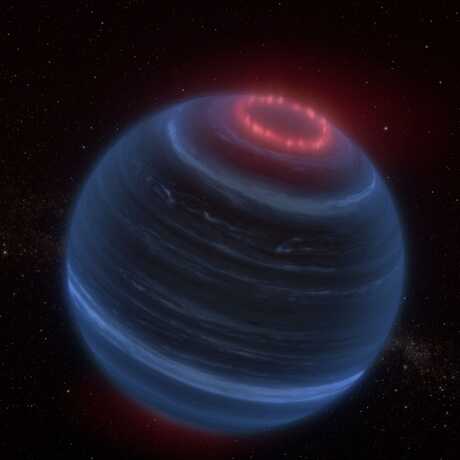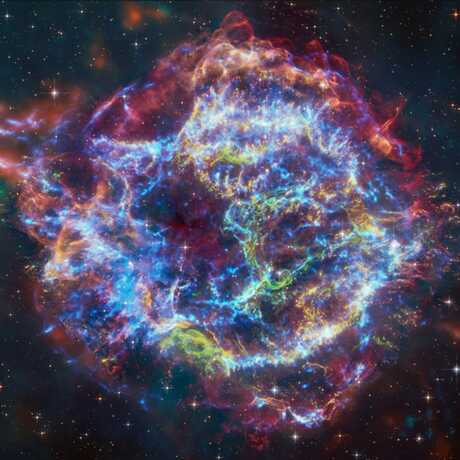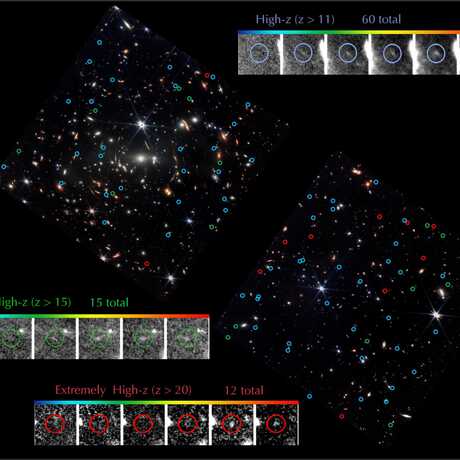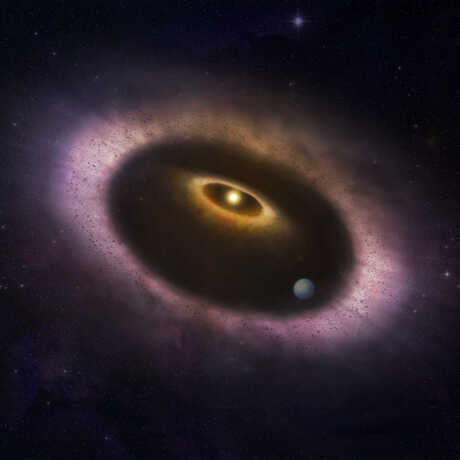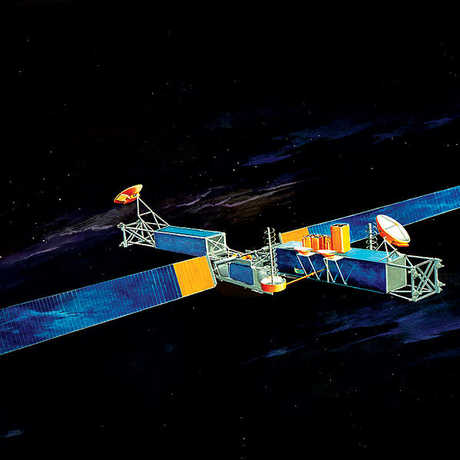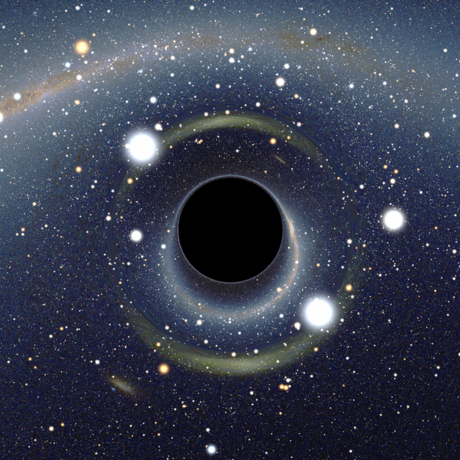We're open daily! View holiday hours
Featured Articles
Brown dwarf W1935 exhibits signs of glowing methane—possibly caused by aurorae!
Cassiopeia A is one astronomical object that looks exactly like what it is—a star that exploded 350 years ago!
JWST launches the first day of astronomy’s big meeting with news about science, technology, and galaxies!
The connection between disks and planet formation continues to expand as astronomers view them in new detail.
Micrometeorites discovered in Antarctica may hold the key to the formation of our solar system.
Planets orbiting in the opposite direction of their star's rotation has astronomers scratching their heads.
If there are several universes, are they like nesting dolls or more like swiss cheese?
With the space shuttle program ending, astronauts set their sights on the International Space Station.
Scientists in Mexico modeling the behavior of dark matter around black holes have found that dark matter doesn’t react the way they thought it would.
Researchers at Stanford University and University of Würzburg in Germany are hoping to catch dark matter on a chip.
Gamma-rays from beyond the galaxy—where do they come from? Black holes? Dark matter? The Fermi telescope is getting closer to finding out.
